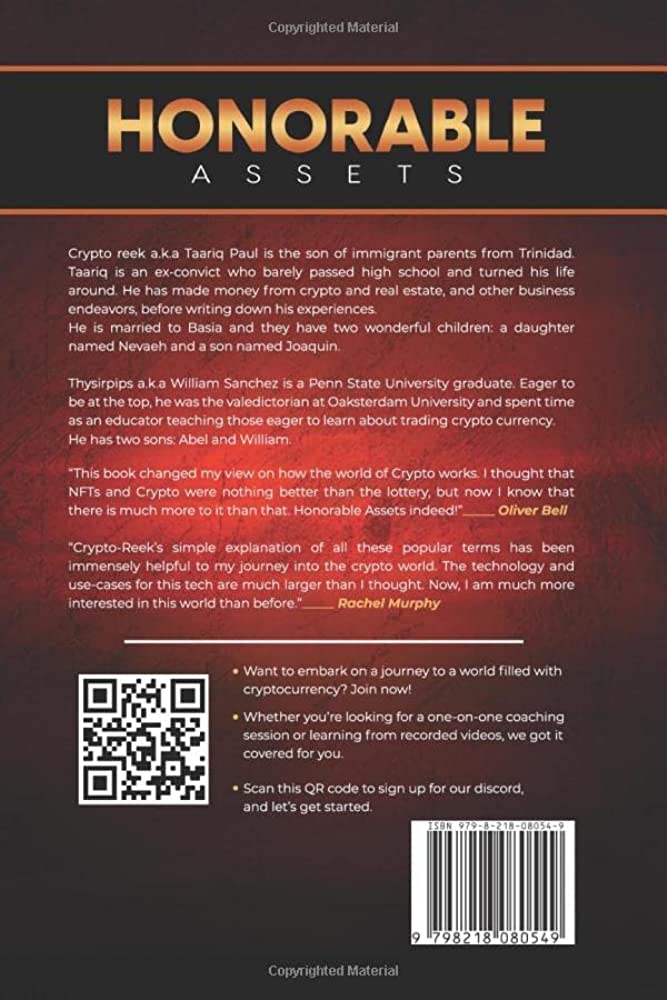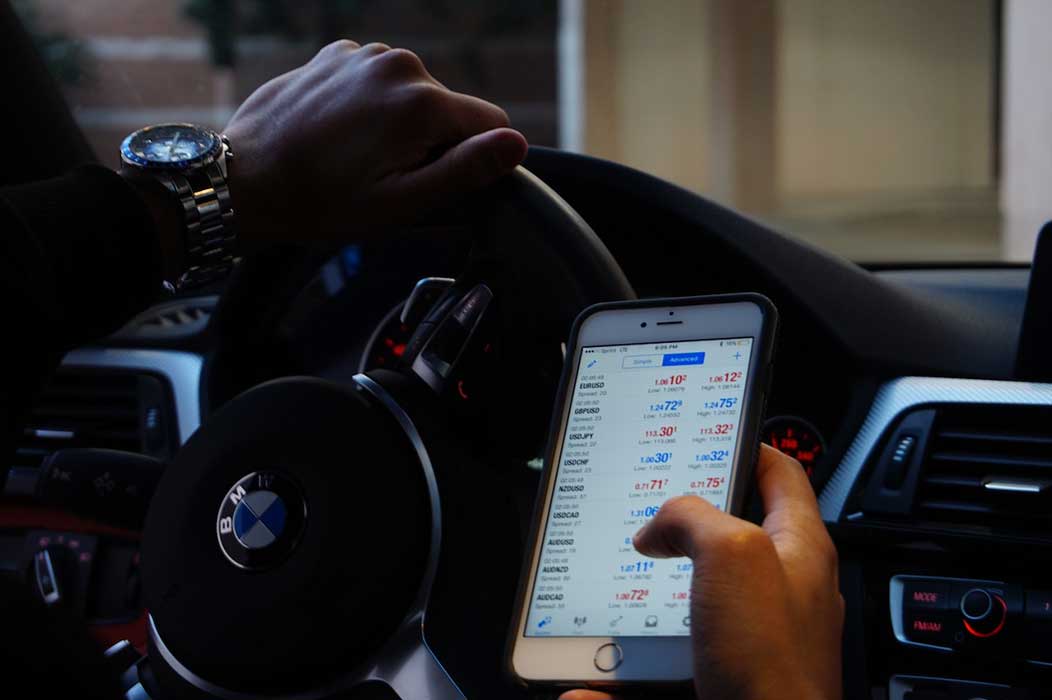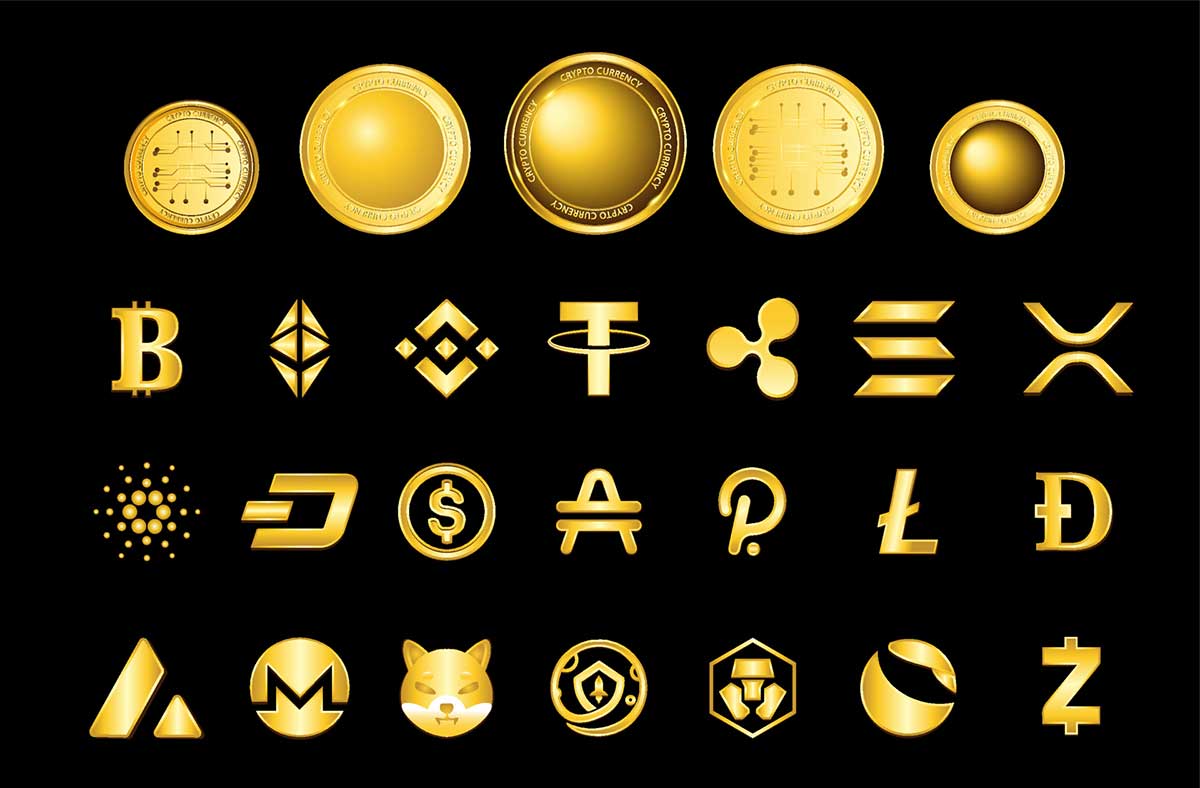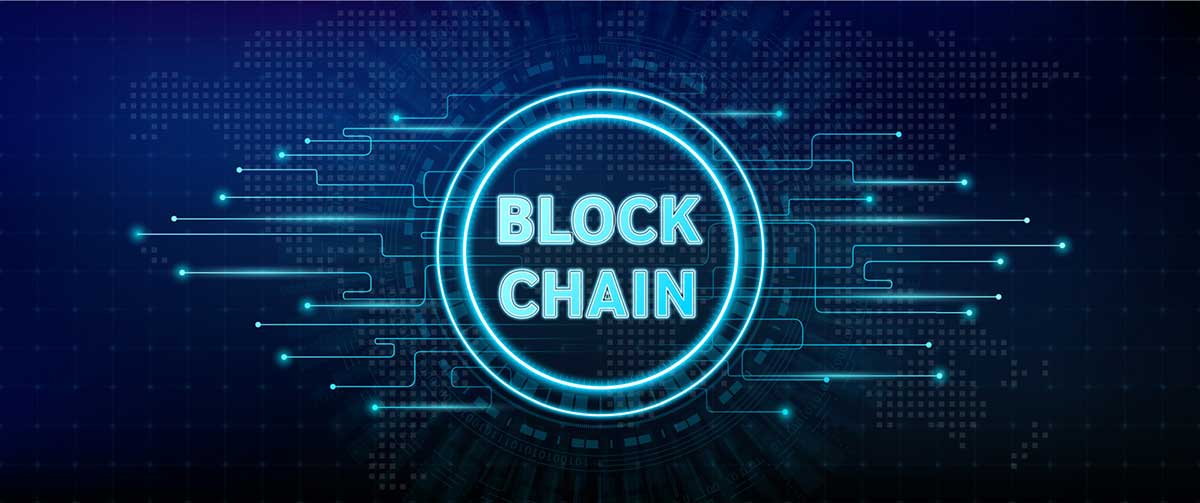How to Simplify Blockchain for a Child: A Beginner’s Guide.

Blockchain is a way to keep records safe and secure. It’s like a special notebook that can never be changed.
Blockchain is an innovative technology that is revolutionizing the way we record and store information. It was originally created to power cryptocurrencies like bitcoin but has since expanded to other industries. Blockchain is essentially a digital ledger that allows for secure and transparent transactions without the need for middlemen.
It works by creating a chain of blocks that contain information and are linked together using cryptography. Each block contains a unique code called a “hash” that ensures all the information in the block is secured and tamper-proof. This makes it an ideal solution for industries that require a high level of security and transparency, such as finance, supply chain management, and even voting systems. So how do you explain blockchain to a child? Let’s break it down into simpler terms.

Credit: cointelegraph.com
What Is Blockchain?
How To Simplify Blockchain For A Child: A Beginner’S Guide
Blockchain technology has become increasingly popular in recent years, but it can be challenging to comprehend. Understanding the basics is essential, even for children. So, let’s break down the complexities and help make it simple to understand.
Explanation Of The Basics Of Blockchain Technology
A blockchain is a collection of blocks that holds information, such as transactions or records. It is a decentralized system, meaning that it does not have a central authority controlling it. Instead, all participants in the blockchain network have a copy of the ledger, making it secure and transparent.
Description Of How It Works In Simple Terms
A block contains a group of transactions or records, and each block is connected to the previous one using cryptography. The combination of all blocks creates a chain, hence the name “blockchain. ” Once a block is added to the chain, it cannot be altered or deleted.
This process is known as immutability, and it is one of the key features of blockchain technology.
Example Of How Blockchain Is Used In The Real World
Blockchain technology has applications in various fields, including finance, healthcare, voting systems, and supply chain management. Here are a few examples:
- Bitcoin: The first and most well-known application of blockchain technology, bitcoin uses a blockchain to record all bitcoin transactions.
- Healthcare: Blockchain technology can be used to record medical information securely, making it accessible to patients and healthcare providers.
- Supply chain management: Companies can use blockchain technology to track their products, ensuring transparency and traceability.
Blockchain technology is not as complicated as it seems. It is a secure, transparent, and immutable system that has the potential to revolutionize many industries. So, the next time someone asks about blockchain technology, you’ll be able to explain it to them in simple terms.
How Blockchain Is Different From Other Technologies
Comparison Of Blockchain To Other Technologies
Blockchain technology is often compared to other technologies like traditional databases, but there are key differences that set it apart. Here are the main points of comparison:
- Decentralization: Most traditional databases have a central point of control, while blockchain technology is decentralized. This means that multiple parties can maintain and verify data without needing to trust each other.
- Immutability: Data stored on a blockchain is immutable, meaning that once it’s recorded, it cannot be changed or deleted.
- Transparency: Blockchains are typically transparent, meaning that anyone can see all the data stored on them. This is different from traditional databases, which may restrict access to certain users or groups.
Explanation Of How Blockchain Differs From Traditional Databases
Blockchain technology offers several key advantages over traditional databases. For one, it provides a much higher level of security. Because the data stored on a blockchain is decentralized and immutable, it’s extremely difficult to hack or tamper with. Additionally, the transparency of blockchains makes them ideal for applications where trust is important.
Another significant benefit of blockchain technology is that it eliminates the need for a middleman or third-party intermediary in many transactions. For example, when two parties want to conduct a financial transaction, they typically need to go through a bank or other financial institution.
This can add costs and slow down the process. With blockchain technology, however, transactions can be conducted directly between the parties involved, without the need for a middleman.
Detailed Examples Of These Differences
To better understand how blockchain technology differs from traditional databases, here are a couple of examples:
- Let’s say that two parties, alice and bob, want to conduct a financial transaction. With a traditional database, they might both have accounts with a bank and need to transfer funds through the bank. This process can be slow, and it typically involves fees. With a blockchain-based system like bitcoin, however, alice and bob can conduct a transaction directly with each other, without the need for a middleman. Transactions are verified and recorded on the blockchain, ensuring that they’re secure and transparent.
- Another example of how blockchain technology differs from traditional databases is in supply chain management. Traditional databases may have limited visibility, making it difficult for supply chain participants to track products as they move through different stages. With a blockchain-based system, however, products can be traced at every step, and the information is visible to all parties involved. This makes it easier for suppliers, manufacturers, and retailers to ensure the integrity of their products and comply with regulatory requirements.
Blockchain technology has several advantages over traditional databases, particularly when it comes to security, transparency, and trust. By eliminating the need for intermediaries, blockchain-based systems can streamline transactions and reduce costs. As blockchain adoption continues to grow, we can expect to see more innovative applications leveraging this exciting technology.
Why Blockchain Is Important
Blockchain technology might sound like a complex concept, but we’re here to help you understand why it’s such a big deal. As a child, you can simplify blockchain and think of it as a special tool that helps people keep reliable records of things.
This beginner’s guide will help you understand its importance, practical applications and the potential impact it could have on the future. Excited to learn more? Let’s dive in!
Explanation Of The Benefits Of Blockchain Technology
- Blockchain allows people to create reliable, permanent records without needing to depend on a middleman such as banks or governments
- Since no middleman is in charge, it’s harder for anyone to cheat or change the records, making it more trustworthy.
- Records are decentralized, meaning they’re stored in many different computers across the world. This ensures that records are resistant to hacking, making it very secure.
Description Of Real-World Applications And Uses
Blockchain technology has already been put to use in many different industries. Here are a few examples:
- Banks use blockchain to keep track of their transactions more efficiently and inexpensively.
- Governments use it to store important records such as property titles and birth or marriage certificates.
- Companies in the supply chain use blockchain to track the movement of products and ensure their authenticity.
Discussion Of The Potential Impact Of Blockchain On The Future
It’s still early days, but experts believe that blockchain could have a significant impact on the world in the coming years. Here are some of the ways it could transform the world we live in:
- Blockchain could enable voting and polling to be more secure and transparent, reducing voter fraud and manipulation.
- It could also change the way we process contracts, making them cheaper and more efficient.
- Blockchain technology could help us live cleaner and greener lives by tracking carbon emissions and reducing energy consumption.
Blockchain has many potential applications and benefits. Its ability to create permanent trust-less records and store them securely is transformative. We hope this beginner’s guide has inspired you to learn more about how blockchain could change the world.
Simplifying Blockchain For Kids
As we all know, blockchain is a complicated technology that confuses even some adults. Thus, explaining it to kids is challenging as we need to break down the complex technology for them to fully understand how it works.
Tips And Tricks For Breaking Down The Complex Technology For Children
- Use storytelling: Kids love stories! Telling them a story about how blockchain works can be an engaging way to introduce them to the technology.
- Simplify technical words: Break complex words down to easily understandable words. For example, ‘digital ledger’ can be explained as ‘a digital book that stores information’.
- Use visual aids: Kids tend to remember things better when they see them. Therefore, using diagrams to explain blockchain technology can be an effective tool.
Example Scenarios That Illustrate How The Technology Works
Example 1:
Imagine you have a toy car that you want to sell to your friend. You both agree on the price but don’t want anyone to cheat or change the agreed amount. Here, blockchain technology comes into play. The transaction is recorded on a digital ledger that cannot be modified, and both parties can have access to it.
Example 2:
Think of a school library where you check out a book. You check the book out using your library card, and the librarian writes down the book’s title and your name on a card. Similarly, in blockchain, your digital transactions are recorded and cannot be changed.
Age-Appropriate Terminology And Language For Young Readers
- Digital ledger: ‘a digital book that stores information’
- Cryptocurrency: ‘digital money that only exists electronically’
- Mining: ‘the process of earning cryptocurrency by solving complex math problems’
- Block: ‘a digital record in a blockchain that contains data of transactions’
Remember, kids have a shorter attention span. Therefore, it’s essential to keep it short and sweet and use language that they can easily understand.
Explaining blockchain technology to kids can be challenging, but not impossible. Using storytelling, visual aids, and simple language can make this complex technology easy for kids to grasp. With these tips, you can make sure that kids understand the concepts of blockchain technology and can educate them in a fun and exciting way.
Frequently Asked Questions Of How To Explain Blockchain To A Child
What Is Blockchain Technology?
Blockchain is a type of database that stores information in blocks. It’s a secure, decentralized, and transparent technology where each block is connected to the previous one forming a permanent chain of information.
How Does Blockchain Work?
When someone makes a transaction in a blockchain network, it’s verified by a network of computers called nodes and added to a block. This block is then added to the existing chain of blocks, creating a permanent and tamper-proof record of the transaction.
How Is Blockchain Different From Traditional Databases?
Unlike traditional databases where the data is stored in a centralized location, blockchain is a decentralized technology where the data is stored in multiple locations simultaneously. Additionally, blockchain is more secure and transparent since once the data is recorded, it can’t be modified or deleted.
What Is A Smart Contract In Blockchain?
A smart contract is a computer program stored on a blockchain that automatically executes the terms of a contract when certain conditions are met. It eliminates the need for intermediaries like lawyers and banks, making transactions faster, cheaper, and more secure.
What Are The Benefits Of Blockchain Technology?
Blockchain technology offers benefits like decentralization, transparency, immutability, security, and efficiency. It can help reduce fraud, increase trust, and provide faster and cheaper transactions. Additionally, it can be used across various industries such as finance, healthcare, supply chain, etc.
Conclusion
So, there you have it, a comprehensive guide on how to explain blockchain to a child. We’ve covered the basics of blockchain, how it works, and its benefits. It’s important to understand that blockchain is still a relatively new technology, and we are only beginning to scratch the surface of its potential applications.
However, it’s important to start educating our children about blockchain and other emerging technologies, as they’ll undoubtedly play a significant role in their futures. By using age-appropriate language and examples, we can help our kids understand complex concepts in a way that is fun and engaging.
So the next time your child asks you about blockchain, you can confidently explain it to them using the tips in this guide. Who knows, you may even inspire the next generation of blockchain innovators!







